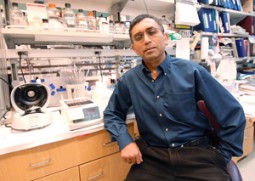
“Sugar” in Red Meat – Cancer in Mice? (starts at 6:10) We talk with Ajit Varki, a researcher at the University of California in San Diego whose latest mouse studies reveal a potential inflammatory compound in red meat — a “sugar” called sialic acid. (For more, listen to our extended version of this interview)
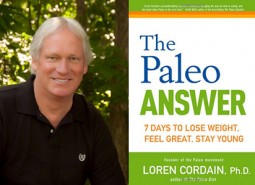
Paleo Diet – Avoid Grains and Beans (starts at 9:10) We talk with Colorado State University scientist Loren Cordain, founder of the Paleo Diet movement. He and his colleagues have study humans and the influence of diet. For health and athletic performance, Loren recommends avoiding modern foods that are high in grains, sugar, salt, legumes and additives. Instead, he says, eat like our paleo ancestors – fruits and vegetables and fats and meat. (For a fee, you can subscribe to Loren’s latest podcasts at his website. Fro free, you can listen to older podcasts. Find out more at thepaleodiet.com.
Today’s show also includes a look back at some of our favorite science stories from 2014.
Hosts: Shelley Schlender, Susan Moran
Producer, Engineer: Shelley Schlender
Executive Producers: Jane Palmer, Kendra Krueger
Podcast: Play in new window | Download (Duration: 23:27 — 21.5MB)
Subscribe: RSS

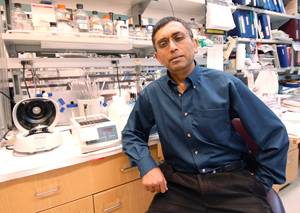


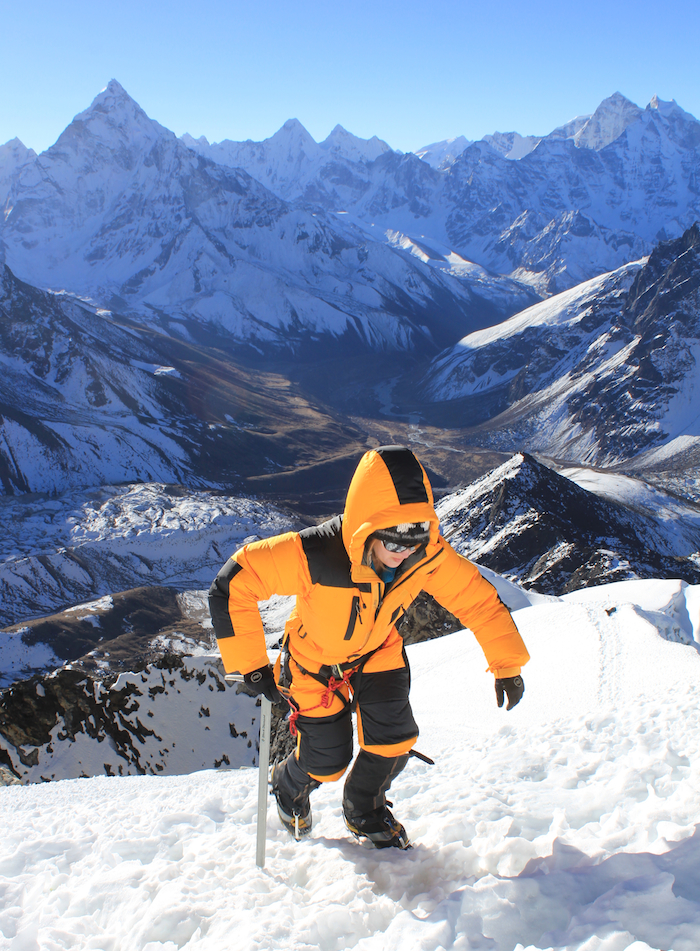
 Himalayan Glacial Lakes (starts at 5:20) Some scientists conduct their experiments in a laboratory — think clean white walls, artificial lighting, A.C. and a convenient coffee pot not far away. Not so for Ulyana Horodyskyj, a graduate student at the University of Colorado. For the last few years she’s been looking at glaciers and the lakes on top of them in Nepal. Last year she spent a year looking at how pollution affects glaciers high in the Himalayan Mountains. She hoped to set up the ultimate high-altitude laboratory on the oxygen-thin slopes of Mount Everest, but a fatal accident intervened. On this edition of How on Earth, she talks about her latest research, Himalayan glaciers and what it is like to do science at the top of the world.
Himalayan Glacial Lakes (starts at 5:20) Some scientists conduct their experiments in a laboratory — think clean white walls, artificial lighting, A.C. and a convenient coffee pot not far away. Not so for Ulyana Horodyskyj, a graduate student at the University of Colorado. For the last few years she’s been looking at glaciers and the lakes on top of them in Nepal. Last year she spent a year looking at how pollution affects glaciers high in the Himalayan Mountains. She hoped to set up the ultimate high-altitude laboratory on the oxygen-thin slopes of Mount Everest, but a fatal accident intervened. On this edition of How on Earth, she talks about her latest research, Himalayan glaciers and what it is like to do science at the top of the world.

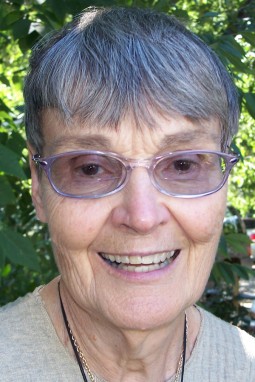




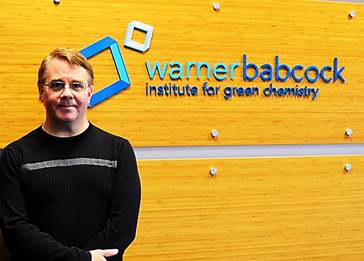
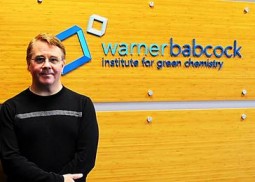
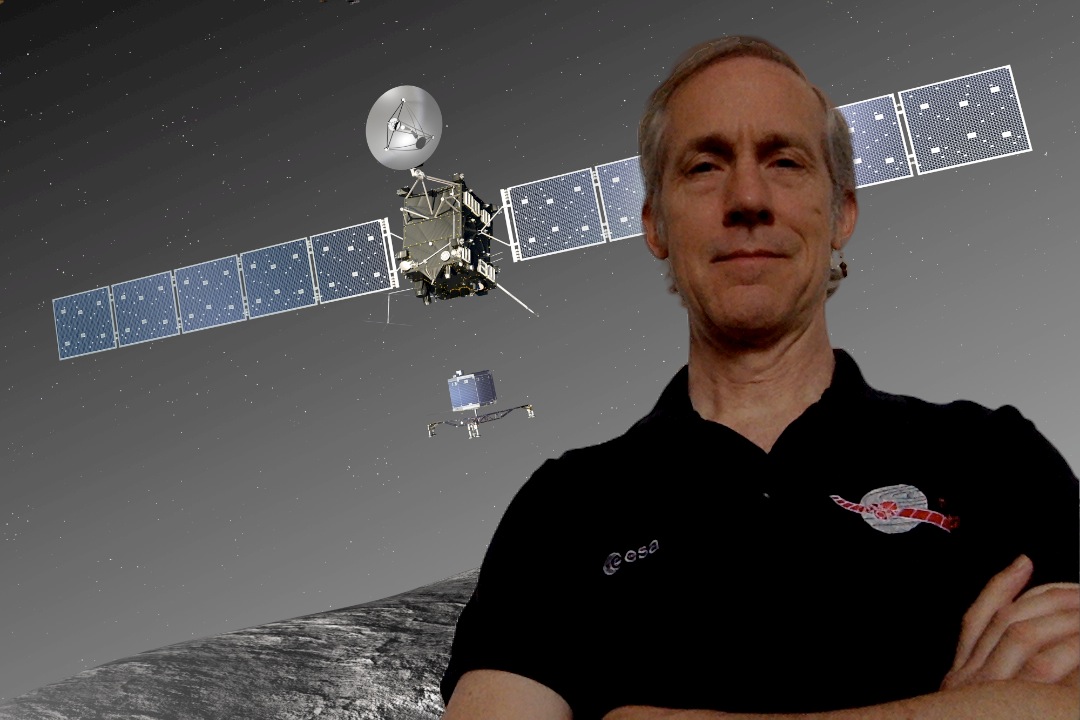
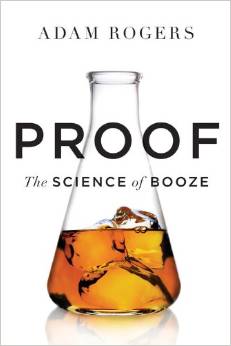 Proof: The Science of Booze (starts at 8:09): Science journalist
Proof: The Science of Booze (starts at 8:09): Science journalist 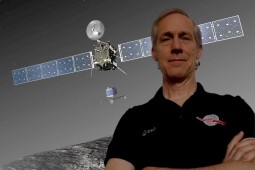
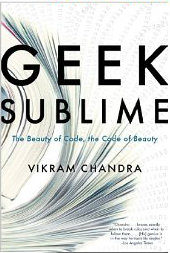
 (4:33) Think computer coding and art are worlds apart? Vikram Chandra, author of the novel Sacred Games would have you think again. In his most recent book Geek Sublime: The Beauty of Code, The Code of Beauty, Chandra looks deeply into the connections between technology and art, illustrating his arguments with a history of coding and a meditation on the writer’s craft. Under his musings is Chandra’s own story, where he finds his way to the West from India and dabbles in literature, then coding, then back to writing.
(4:33) Think computer coding and art are worlds apart? Vikram Chandra, author of the novel Sacred Games would have you think again. In his most recent book Geek Sublime: The Beauty of Code, The Code of Beauty, Chandra looks deeply into the connections between technology and art, illustrating his arguments with a history of coding and a meditation on the writer’s craft. Under his musings is Chandra’s own story, where he finds his way to the West from India and dabbles in literature, then coding, then back to writing.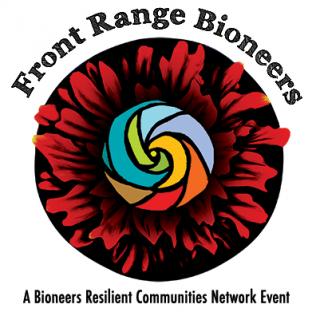



 Gulp [starts at 4:25] Bestselling author,
Gulp [starts at 4:25] Bestselling author,